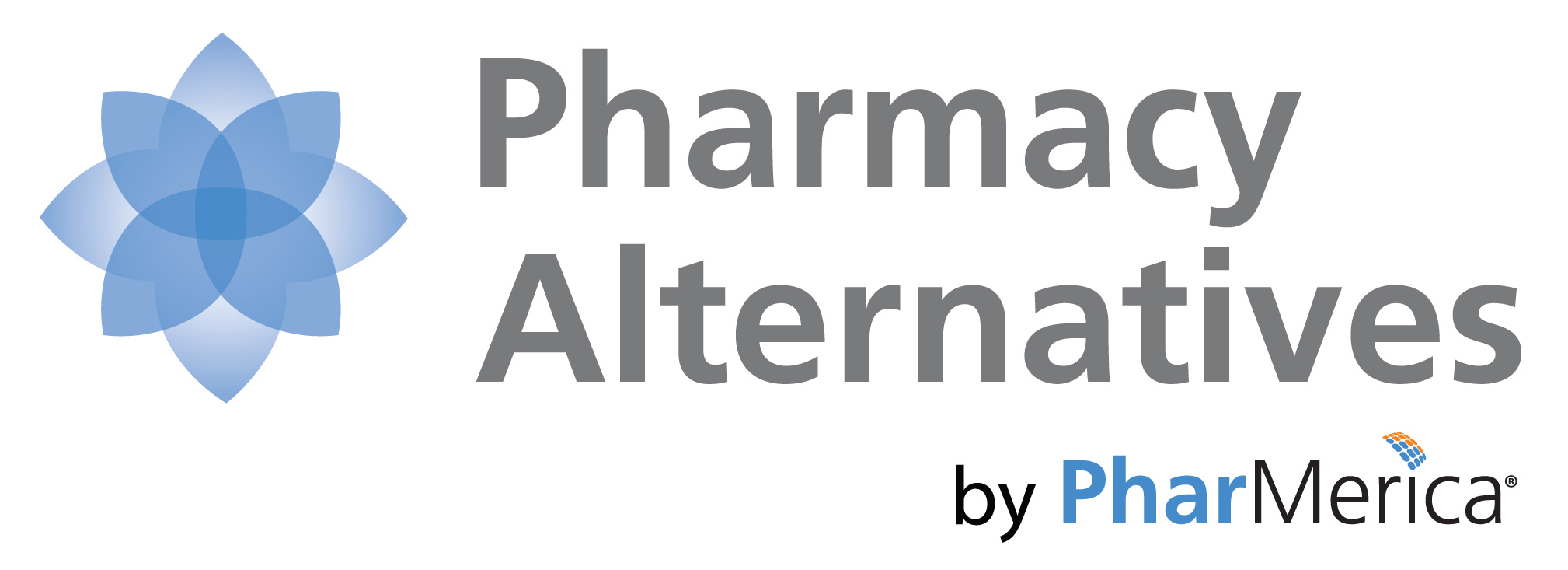The I/DD industry and the needs for behavioral care and services are growing. And like many other healthcare sectors, the pandemic exacerbated already existing staffing shortages. As if that wasn’t challenging enough, group homes and other providers have found themselves competing with the retail and food services industries luring workers with better wages and benefits.
With industry-wide turnover at more than 40% and higher in some states and not enough applicants to fill these openings, it is imperative to examine the ‘whys’ of this dilemma. Here are the top issues contributing to staffing challenges in I/DD and the possible solutions to help you attract the best and the brightest, even in a tight labor market.
Unrealistic Job Expectations
People often come to jobs in I/DD with a lack of understanding of this patient population and/or what is required to provide quality care. When there is stiff competition for employees, it may be tempting to focus on the positives and brush over the negatives.
However, to boost retention and engagement, as well as the quality of care, it behooves I/DD organizations to detail the expectations and challenges of the job for prospects and new hires.
Then it is essential to focus on providing the education and training needed for these individuals to be effective and successful and take pride in their accomplishments.
Burnout
The pandemic has significantly contributed to burnout. However, as it winds down, don’t expect this problem to go away. There are many other contributors to stress, including workloads/staffing shortages, lack of autonomy or training, overburden of administrative tasks, and toxic work cultures.
There’s no one-size-fits-all answer, but it may help to make sure workers know about Employee Assistance Programs and other mental health benefits available to them, encourage exercise and physical activities, and promote work-life balance.
At the same time, workers in one recent survey linked burnout to their work schedules, and 87% said they want more control over them such as working when and where they’ll have the greatest impact or choosing the hours of the day they work. You may want to solicit feedback on this topic to further eliminate stress.
Wages and Benefits
It’s increasingly challenging to compete with other industries for workers when they’re raising minimum wages to $18 or $20 per hour. Nonetheless, it’s important to note that many workers have chosen healthcare careers because they are passionate about their work and love those they care for.
New research suggests that raising the frontline workers’ wages 15% would have a significant positive impact, including a more stable and engaged workforce and greater financial security for staff. When most everyone agrees that raising wages in I/DD would help attract and retain workers, the problem is that no one seems to know where that money will come from. However, as part of a short-term solution, many states used CARES Act funding to implement temporary wage increases.
Ineffective Supervision
Promoting from within can encourage retention and engagement and attract workers who are interested in advancing their careers. However, elevating employees to management positions requires adequate training and education; managers who lack skills and knowledge to be team leaders can create frustration, stress, and morale depletion, even when they are committed to their work.
If you’re considering internal advancement, skills assessments can help identify gaps. Then be sure to fill them through training, certification, online learning, and other initiatives.
Of course, you don’t have face these challenges alone, and there are some potential solutions out there. For instance, the Build Back Better Act includes a proposal that would provide grants to invest in direct caregivers, and there have been discussions about Medicare reimbursement rates at the state level and a focus on addressing this issue with CMS as well.
In the meantime, consider creative ways to engage staff, such as inviting frontline workers to be mentors or coaches to new employees, including them in care planning meetings, creating career ladders, and celebrating their contributions to organizational successes and milestones. Culture matters too, so check-in on how teams interact and how leadership works to make staff feel valued, respected, and listened to.

